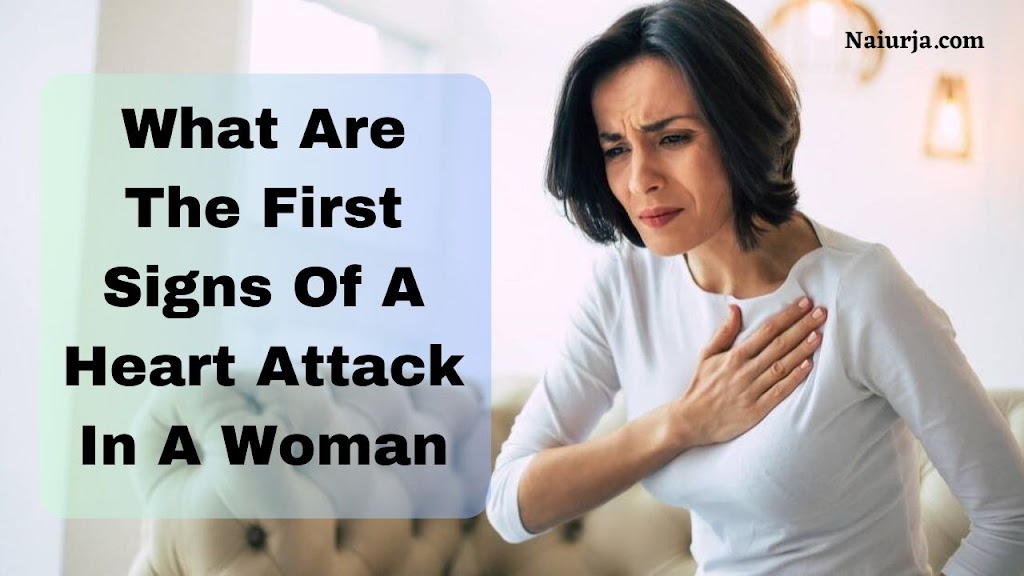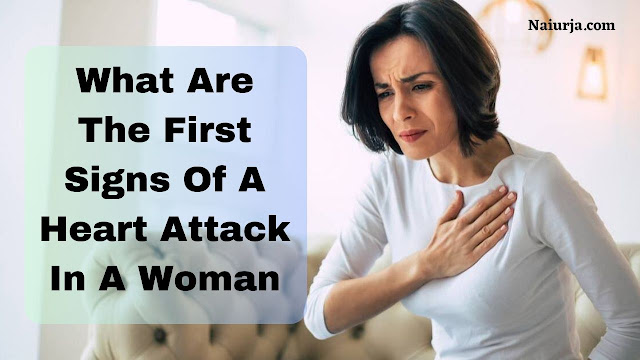How walking 10 minutes a day prevents premature death
Who should not drink pomegranate
What are the 10 importance of physical fitness?
Discover the Amazing Health Benefits of Cherry Fruit
Lychee: Uses, Benefits, Side Effects and More
Super Foods Pregnancy: What Are The 10 Best Superfoods, You Should Add to Your Diet
Super Foods , You Should Add to Your Diet
Superfoods: What Are The Super Foods
What Are The First Signs Of A Heart Attack In A Woman
A heart attack is a serious medical condition that can affect both men and women. However, the symptoms of heart attack may differ between the two genders. Women are more likely to have frequent breathlessness as a symptom of a heart attack. In this article, we will discuss the common symptoms of heart attack and frequent breathlessness in women.
What is a Heart Attack
A heart attack occurs when blood flow to the heart is blocked, usually by a blood clot. It can damage the heart muscle and can be fatal in severe cases. A heart attack can happen to anyone, but there are some risk factors that increase your chances of having a heart attack. These include smoking, high blood pressure, high cholesterol, obesity and a family history of heart disease.
Heart attack in women
Heart attacks can be more difficult to diagnose in women than in men. This is because women often experience different symptoms than men. While men typically experience chest pain or discomfort, women may experience a wider range of symptoms, including :-
Chest pain or discomfort
Upper body pain
Shortness of breath
Nausea or vomiting
Tiredness or weakness
Frequent breathlessness
Chest pain or discomfort
Chest pain or discomfort is one of the most common symptoms of a heart attack in both men and women. However, it has also been observed that women may experience chest pain differently than men. Instead of the crushing or squeezing sensation often associated with heart attacks in men, women may feel a sharp, burning or stabbing pain in their chest.
Upper body pain
Upper body pain can appear in a variety of areas, including the chest, arms, neck, jaw, and back. The pain can range from mild to severe, and it may come and go or last for hours. In some cases, women may experience upper body pain without chest pain or discomfort, which can be difficult to identify as heart attack symptoms.










